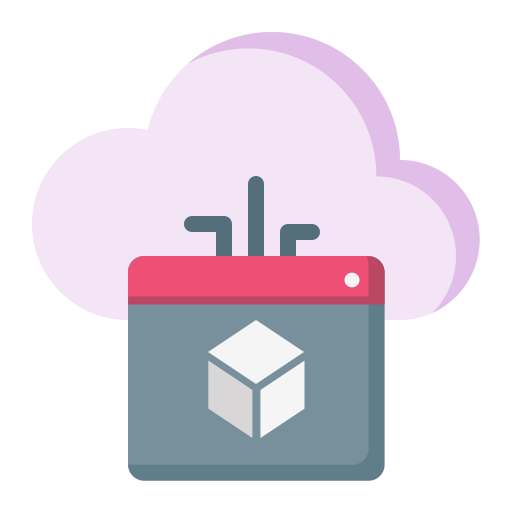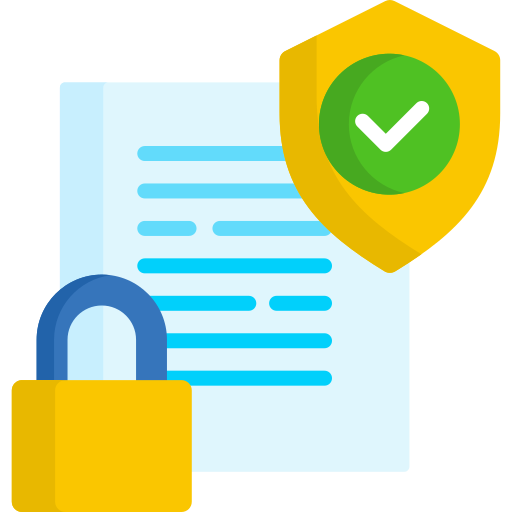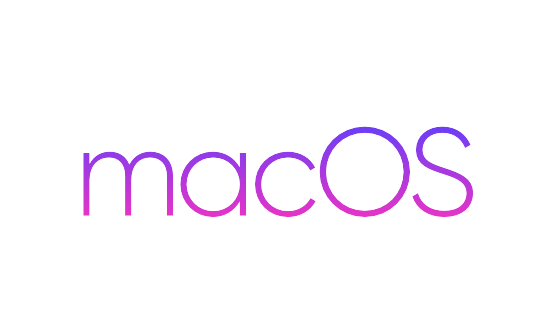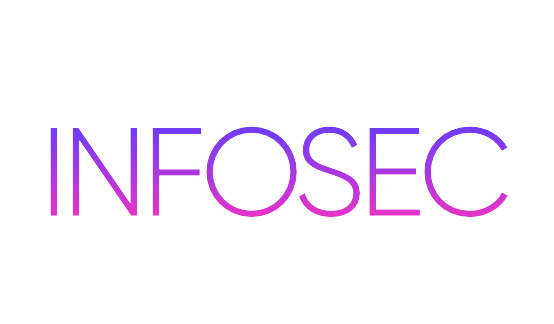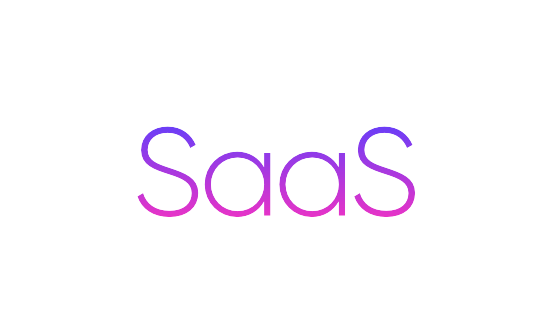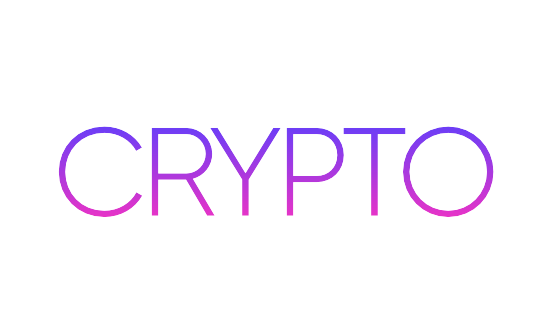Companies of any scale that accept credit card payments are protected by the Payment Card Industry Data Security Standard (PCI DSS). You need to securely host your data with a PCI compliant hosting provider if your company plans to accept card payment, and store, process and distribute cardholder information.
What is PCI DSS Compliance?
For companies handling credit card transactions, the Payment Card Industry Data Security Standard (PCI DSS) is a worldwide standard of data security. In order to protect customers by ensuring that companies adhere to best-practice security standards when conducting payment card transactions, PCI DSS standards were developed.
The aim of PCI DSS is to protect sensitive cardholder information as well as the companies that process, store, and transmit that data.
Requirements of PCI DSS
Both organizational and technological are the specifications laid down by the PCI DSS, and the central focus of these regulations is to protect cardholder data at all times.
These provisions apply not only to retailers and ISVs but also to anyone who shops, processes, transmits, or otherwise manipulates cardholder information. It is also the duty of service providers who may affect the protection of cardholder data to comply with the relevant requirements. PCI DSS also applies to mobile apps, so having a solid understanding of the standards is important.
1. Installing and maintaining a firewall configuration to secure cardholder details
Protecting your device with firewalls is the first requirement of the PCI DSS. Properly designed firewalls secure the data environment on your card. Firewalls limit incoming and outgoing network traffic by organization-configured rules and requirements.
You’ll want to install both firewalls for hardware and firewalls for applications. For your network, both have the first line of protection. The more robust protection choice is hardware firewalls. An entire network can be covered, and its internal areas segmented. Hardware firewalls are usually more costly; take time to install properly, and frequently need to be maintained and checked.
Firewalls for applications are cheaper and simpler to manage. They are intended to protect a single host from internal threats, usually those from the mobile devices of employees that may travel in and out of the protected environment. A software firewall can avoid malware infection if an employee clicks on a link in a phishing email.
2. Configure passwords and settings
The ability to hack a device because a firewall, router, or other hardware or software uses a standard password is among the most popular and easiest vulnerabilities available to criminals. Routers, for example, often ship for convenience with the username “admin” and the password “admin”.
In compliance with this provision, certain default passwords and other protection parameters are not allowable. Before the new item interacts with the existing framework in some way, certain parameters must be modified.
3. Protect data stored by the cardholder
The aim of the 12 PCI specifications is to safeguard and secure stored cardholder information and prevent data breaches. And the card data stored must be encrypted using industry-approved algorithms (e.g., AES-256) in compliance with requirement 3. The issue is that many merchants do not realize that they store primary account numbers (PAN) unencrypted.
Not only must card data be encrypted, but it is also important to secure the encryption keys themselves. Using a good PCI DSS encryption key management method, for example, can help prevent you from storing the key in the “lock” itself. It is important to ask all organizations and departments if they receive cardholder information and then document how their responses can alter card data flows.
You need to build and record a current cardholder data (CHD) flow diagram for all card data flows in your organization to satisfy this requirement. A CHD flow diagram is a graphical representation (see example) of how card information flows through an entity.
4. Encrypt cardholder data transfer through open, public networks
When it is distributed through public networks, cybercriminals can theoretically access cardholder data. Before transmitting it, encrypting the information and then decrypting it upon receipt restricts the possibility the thieves will access this information in a meaningful way.
This necessity calls for strong protocols for cryptography and security. It also offers recommendations, such as IPsec, SSH, and TLS, for the security of cardholder data during transmission and includes the use of the new industry standards, such as IEEE 802.11i for wireless networks.
5. Using and upgrading anti-virus applications or programs periodically
A proactive and continuous approach to detecting vulnerability within a payment card scheme is needed by PCI DSS. This is referred to as a vulnerability management program, and the implementation of an anti-virus solution is needed by this first rule to that end. It is not only on core systems that such applications must be used. Via email and other seemingly harmless online activities, several vulnerabilities originate.
Anti-virus software should be installed on all systems, including workstations, computers, and mobile devices that can be used both locally and remotely by workers to access the system. Ensure that AV mechanisms, using the latest dictionaries, and producing auditable logs are still involved.
6. Develop and maintain stable applications and systems
Continuing with vulnerability management, by keeping software secure, organizations must limit the potential for exploits. This means downloading security patches as soon as possible in certain situations, and ISVs must function to ensure that their merchants are aware of these patches and can quickly access and execute them.
In addition to the timely implementation of critical updates, companies must have a mechanism in place not only to discover but also to rate new vulnerabilities. All code developed by an ISV must be PCI DSS compliant, and all new code and updated code must be analyzed for all known vulnerabilities and evaluated for unknown vulnerabilities that may be exposed by the new code.
7. Restricted access by an organization to cardholder data must be identified
You need a role-based access control (RBAC) system to satisfy requirement 7, which grants access to card data and systems on a need-to-know basis. Configure user and administrator accounts to prevent confidential data from being revealed to those who do not need this information.
A specified and up-to-date list of roles (employees) with access to the card data environment is required by PCI DSS 3.2. You should include each function on this list, the description of each function, access to data resources, the current level of privilege, and what level of privilege is needed for each person to perform normal business responsibilities. It is important that approved users fit into one of the positions you outline.
How Teceze will help you cross things off your checklist for PCI Compliance?
Teceze owns and operates the world’s largest and most advanced acceleration network for online commerce, helping e-commerce companies provide their clients with high-quality web experiences regardless of where those clients are or what sort of web-connected system they use. Teceze also provides built-in web security features that allow our e-commerce clients to review the things on their PCI compliance checklist more easily:
- The Teceze SSL network is PCI compliance pre-certified, and Teceze offers PCI compliance validation support documents, reporting, and services for customers who use the network.
- Teceze incorporates best-in-class web application protection technology into our global CDN to help safeguard your confidential data. These include protections against SQL injection, one of the most prevalent forms of protection and data integrity web service attacks.
- Teceze partners with leading payment gateway providers to provide an edge tokenization service to significantly simplify your PCI compliance checklist, which can keep sensitive payment card data from ever accessing your original infrastructure.
Companies of any scale that accept credit card payments are protected by the Payment Card Industry Data Security Standard (PCI DSS). You need to securely host your data with a PCI compliant hosting provider if your company plans to accept card payment, and store, process and distribute cardholder information.


